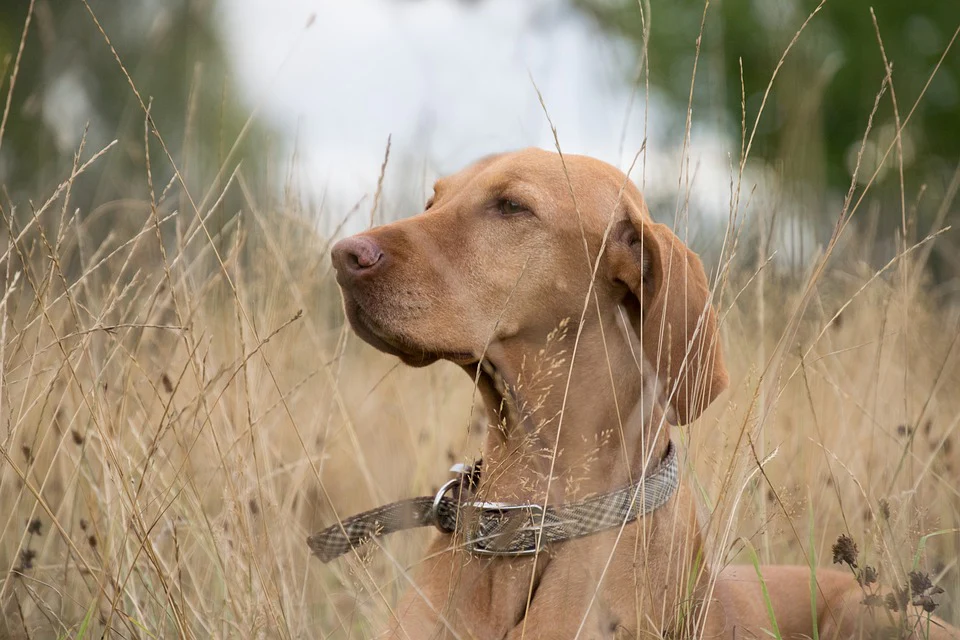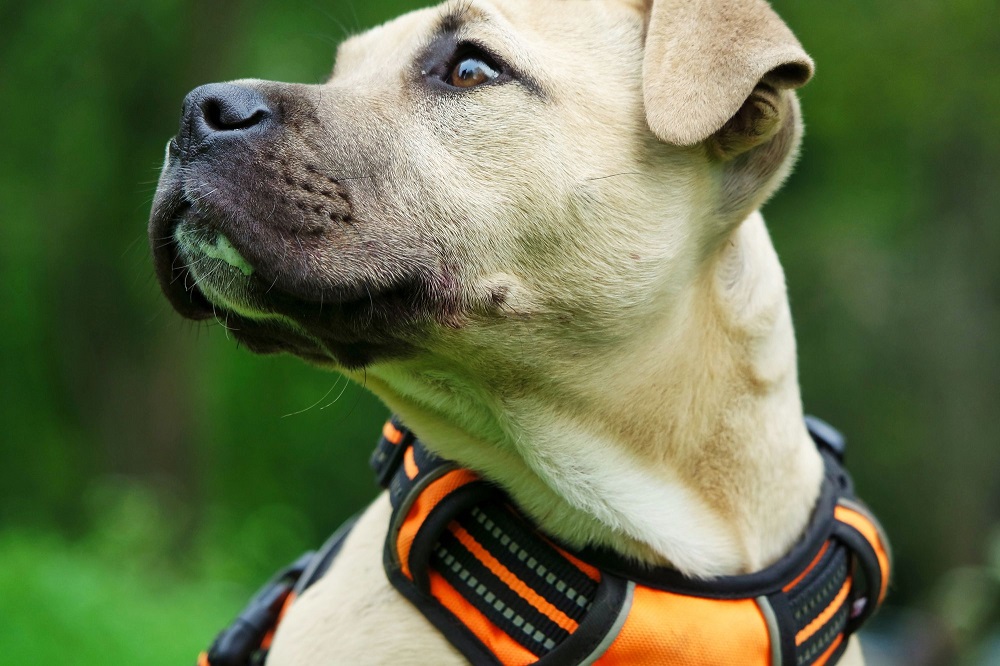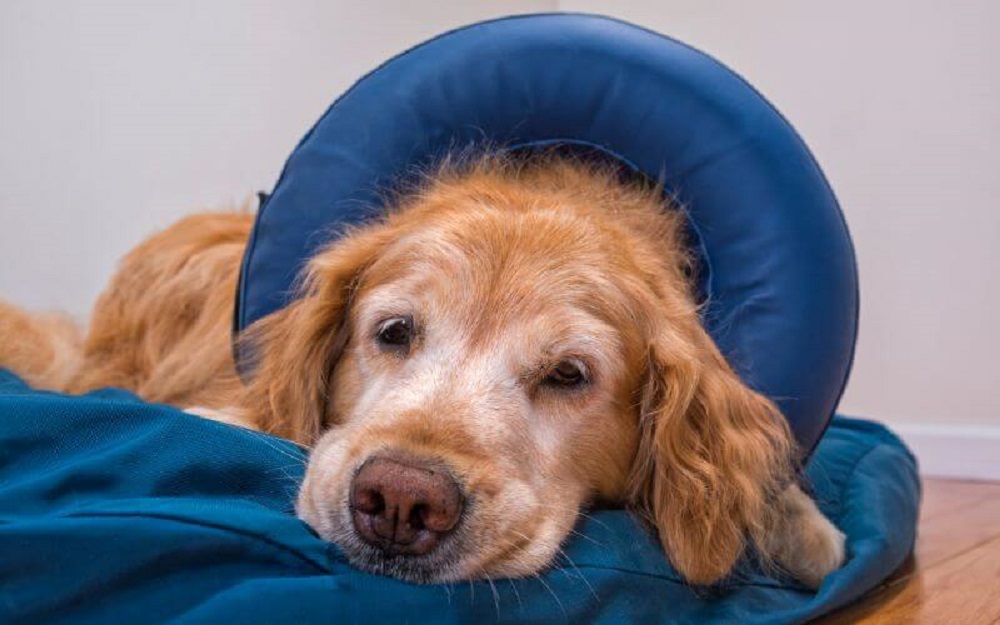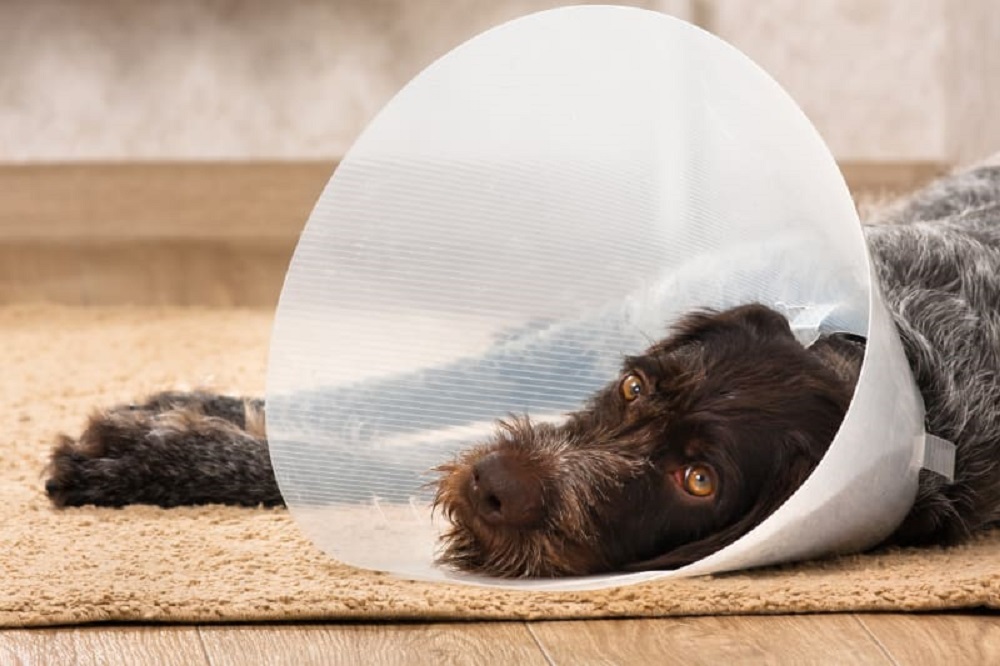When it comes to the topic of whether dogs should sleep with collars on, opinions are divided. Some dog owners argue that keeping a collar on their furry friends at all times ensures their safety and identification. On the other hand, there are those who believe that dogs should be collar-free when they sleep. In this article, we will delve into the various factors to consider and explore the pros and cons of both sides.
The Importance of Identification and Safety
One of the main reasons dog owners choose to keep collars on their pets while they sleep is for identification and safety purposes. Collars often contain ID tags with the dog’s name, address, and contact information, which can be crucial in case the dog gets lost. It’s always a good idea to have a vet for your dog that you can trust. Additionally, having a collar on during sleep ensures that if the dog wanders off during the night, it can be easily identified and returned to its owner.

Additionally, collars can also come equipped with GPS tracking devices, which provide real-time location updates. This is especially useful for dogs that tend to wander or have a history of escaping. With a collar on, owners can monitor their dog’s whereabouts and quickly locate them if they stray too far.
Comfort and Restful Sleep
On the other side of the debate, some dog owners argue that collars should be removed before bedtime to prioritize the dog’s comfort and ensure a restful sleep. They claim that wearing a collar throughout the day can be restricting and uncomfortable for the dog. Removing the collar at night allows the dog’s neck to breathe, preventing any potential irritation or discomfort.
Moreover, dogs are known to have a strong sense of hearing and even the sensation of a collar jingling or rubbing against their fur can be distracting and disruptive to their sleep. Without a collar on, dogs can enjoy a more peaceful and uninterrupted night’s rest.
Potential Risks and Hazards
One concern that arises when deciding whether dogs should sleep with collars on is the potential risks and hazards associated with collar usage. While modern collars are designed to be safe, accidents can still happen. It is not uncommon for a dog’s collar to get caught on furniture, crates, or other objects in the house. In worst-case scenarios, a collar can become entangled and pose a choking or strangulation risk to the dog.

There have also been cases where dogs have managed to get their lower jaw or a limb caught in their own collar while sleeping. These incidents can cause severe injuries and distress to the dog. By removing the collar during sleep, such risks are significantly reduced, ensuring the dog’s safety.
Finding a Balance
Given the arguments presented from both sides, finding a balance between safety and comfort seems essential. Dog owners can opt for a compromise by using a collar with a breakaway or quick-release feature. These types of collars are designed to come undone easily if excessive force is applied or if the collar gets caught on an object.
Another alternative is to have designated “collar-free” hours, where the dog can enjoy uninterrupted sleep without wearing a collar. This allows for a balance between identification and safety needs while also ensuring the dog’s comfort during rest.
Frequently Asked Questions (FAQs)
1. Can a dog sleep with a collar on all the time?
While it is generally safe for a dog to wear a collar during the day, it is advisable to remove it at night to prioritize their comfort and safety.
2. Are there any alternatives to collars for identification purposes?
Yes, there are alternatives such as microchipping, where a small chip is implanted under the dog’s skin containing identification information. This provides a permanent and tamper-proof form of identification.
3. Can collars cause injury to a dog’s neck or throat?
Improperly fitted collars or excessive pulling on the leash can potentially cause injury to a dog’s neck or throat. It is important to ensure that the collar fits correctly and that gentle leash handling techniques are used.
4. How can I ensure my dog’s safety during the night without a collar?
If you choose to remove your dog’s collar at night, ensure that your home is secure and that there are no escape routes. Additionally, consider using a baby gate or crate to keep your dog contained in a safe area during sleep.
5. Is it necessary to have identification for my dog at all times?
While it is not legally required in all jurisdictions, having proper identification for your dog is highly recommended, as it increases the chances of a safe return if they get lost.
In conclusion, the question of whether dogs should sleep with collars on does not have a definitive answer. It ultimately depends on the individual dog’s needs, the owner’s preferences, and the specific situation. Prioritizing the dog’s safety and identification while also considering their comfort during sleep is crucial. Finding a balance through the use of safe collar options or designated “collar-free” hours can provide the best of both worlds.




